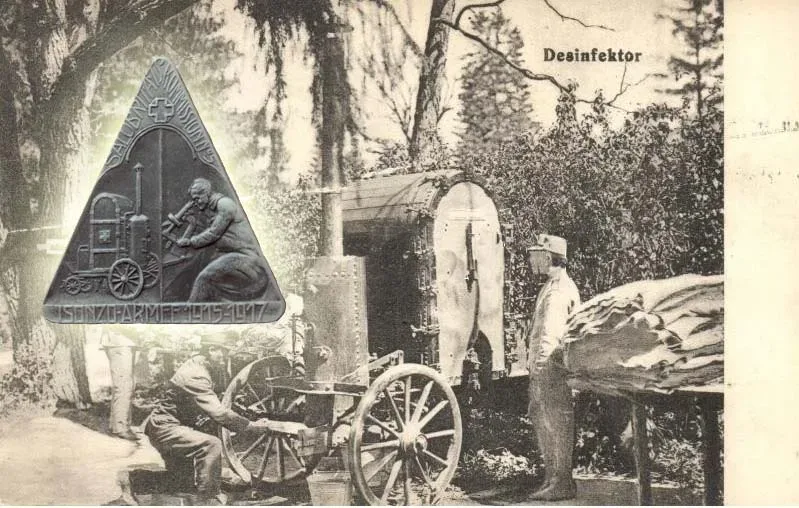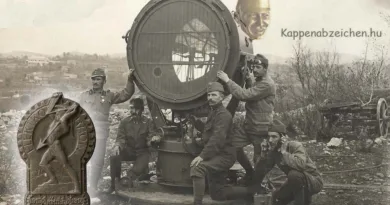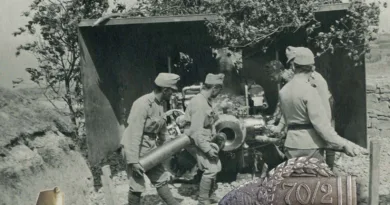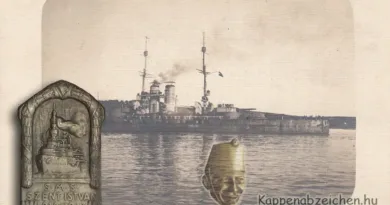Disinfection cart
This device is not, of course, a weapon, but an equipment. However, it was as significant as the weapons presented so far in this section. One of the important tasks of the health service was to help prevent epidemics. This was necessary because the vast majority of the casualties in previous wars were not caused by injuries but by severe epidemics during the wars.
During the Great War, medicine already knew a lot about the pathogens of infectious diseases. Pathogens of cholera, TB, typhus, dysentery, malaria, syphilis have been discovered. They also knew a lot about the way pathogens multiply and spread the infection. There has also been a correct recognition that in addition to treatment, great emphasis should be placed on prevention. At the beginning of the war, there had already been efforts to do so, even though no one was counting on protracted fighting. Yet, among the units of the Monarchy, dysentery and cholera struck his head as early as 1914, and from 1915 typhus also appeared. The former diseases could have been combated primarily by improving hygiene conditions. However, this was often not possible during combat operations. Attempts have been made to deal with typhoid vaccination and, if possible, frequent bathing and disinfection of clothing.

Unfortunately, I found mostly just general mentions of epidemic prevention activities at health headquarters. It seems certain that the logistic stations away from the front line, where the troops were rested, charged, equipped, had the necessary equipment. Baths and disinfection buildings were established, in which, among other things, lice that spread the typhoid pathogen were eradicated.
The pictures of the post show two types of disinfection equipment. According to one description, it took two hours to disinfect the clothes, during which time the soldiers could thoroughly clean themselves in the bath. The disinfection, meanwhile, took place in sulfuric acid, paprika steam in the disinfection carts also shown in the pictures. Where there was no such tool, the clothes were boiled.

The cap badge shown is the badge of the Health Committee No. 5 (Salubritätskommission 5). The badge even includes the inscription Isonzoarmee. Since this was precisely the 5th Army, it can be inferred from this that the health committee in question was an army-level organization. The badge shows a doctor leaning to the right over a microscope. On the left is a disinfection trolley. Among the photos, I also found two types of disinfection carts. One of the images shows the same device as the one on the badge. Unfortunately, I could not find a description for this device.




